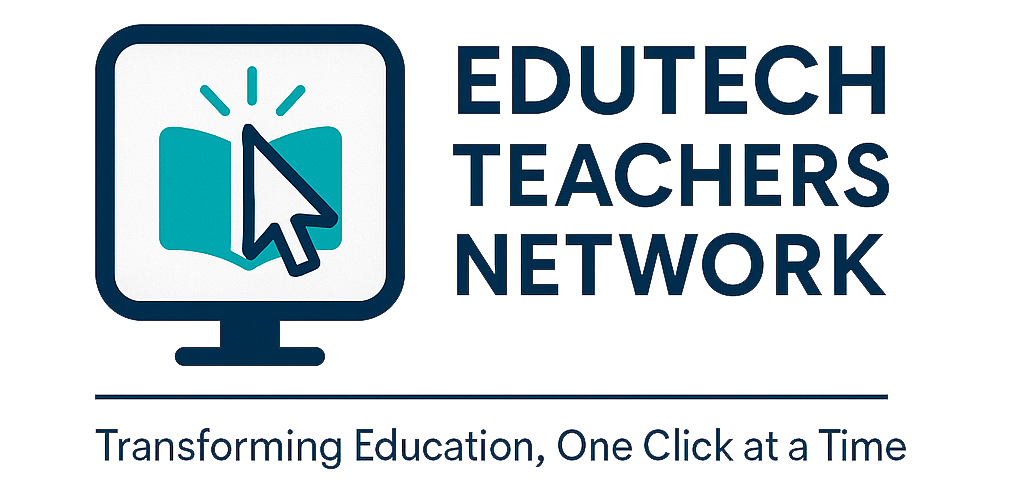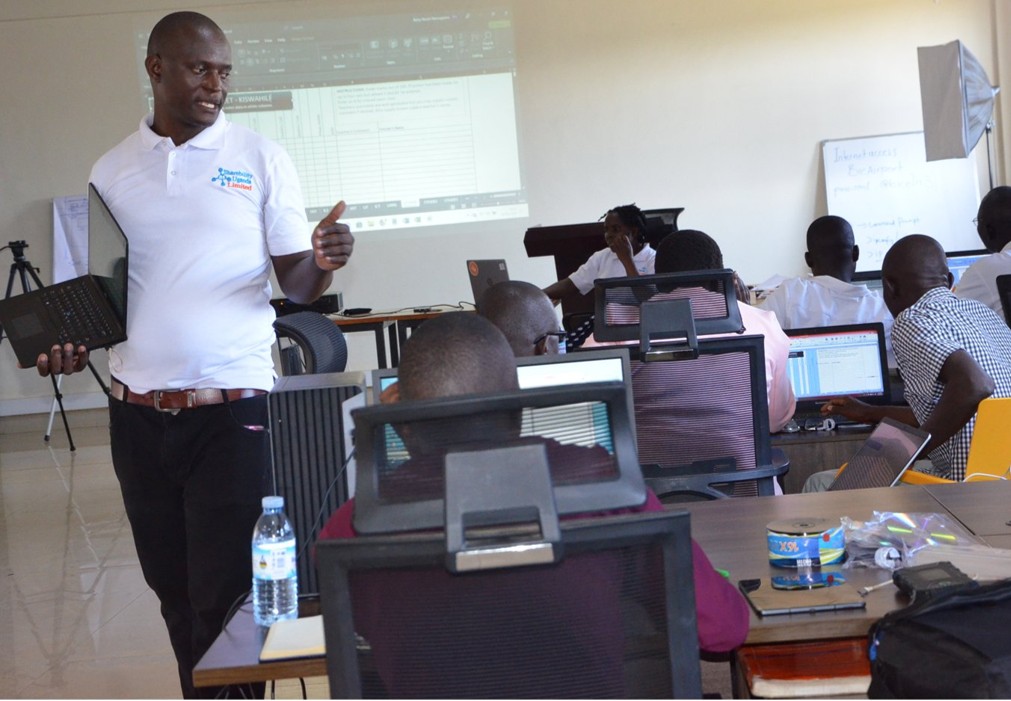The way we teach is changing. With digital tools becoming more accessible, teachers are no longer limited to the four walls of a classroom. At the same time, traditional in-person learning still offers rich interaction and hands-on experiences that technology can’t fully replace.
Blended learning combining online and offline teaching methods offers the best of both worlds. It helps teachers provide flexible, engaging, and inclusive learning experiences while accommodating different student needs.
What is Blended Learning?
Blended learning integrates digital learning experiences with face-to-face classroom instruction. This approach can be applied in various ways:
Rotation Model: Students alternate between online activities (e.g., digital quizzes, video lessons) and offline activities (e.g., group discussions, lab work).
Students study materials online before class, and classroom time is used for discussions, problem-solving, or projects.
Most learning is done online, with occasional in-person sessions for guidance and assessments.
Why Blend Online and Offline Learning?
Students can review online content at their own pace, then reinforce their understanding through offline activities.
Digital tools provide a variety of materials videos, interactive exercises, simulations that can complement printed books and physical activities.
Alternating between screen-based activities and hands-on learning keeps students focused and motivated.
Students gain both digital literacy and real-world collaboration skills, preparing them for diverse learning and work environments.
Practical Strategies for Blended Learning
- Connect Online Lessons to Offline Activities
If you teach a science topic using a YouTube video, follow it up with an offline experiment in class.
Example:
Online: Watch a short animation on the water cycle.
Offline: Students create a water cycle model using simple materials.
- Provide Offline Alternatives for Limited Connectivity
Not all students have consistent internet access. Provide printed worksheets, USB drives with resources, or Kolibri offline lessons so learning continues without disruption.
- Use Technology for Pre-Class Preparation
Send students short readings, videos, or quizzes before the lesson so they arrive prepared for deeper in-class discussion.
Example:
In history class, students read a timeline online at home.
In class, they work together to build a giant illustrated version on the wall.
- Track Progress with Digital Tools
Use Google Forms, Quizizz, or Kahoot to assess understanding instantly. Combine these with traditional assignments to get a fuller picture of student learning.
- Encourage Peer Collaboration Both Online and Offline
Online: Use Google Docs for collaborative writing.
Offline: Organize small-group discussions to refine ideas and present them to the class.
Challenges and How to Overcome Them
internet access Provide offline resources and design activities that work without constant small blend just one or two activities per lesson instead of redesigning everything at once. Student distraction online Give clear guidelines, set time limits, and monitor engagement through platform analytics.
Tools for Blended Learning
Online Tools: Google Classroom, YouTube, EdPuzzle, Quizizz, Canva, Kahoot.
Offline Tools: Printed handouts, lab equipment, physical manipulatives, offline servers like Kolibri.
Blending online and offline learning is not about replacing one with the other — it’s about leveraging the strengths of both. When thoughtfully combined, this approach can:


Leave a Reply